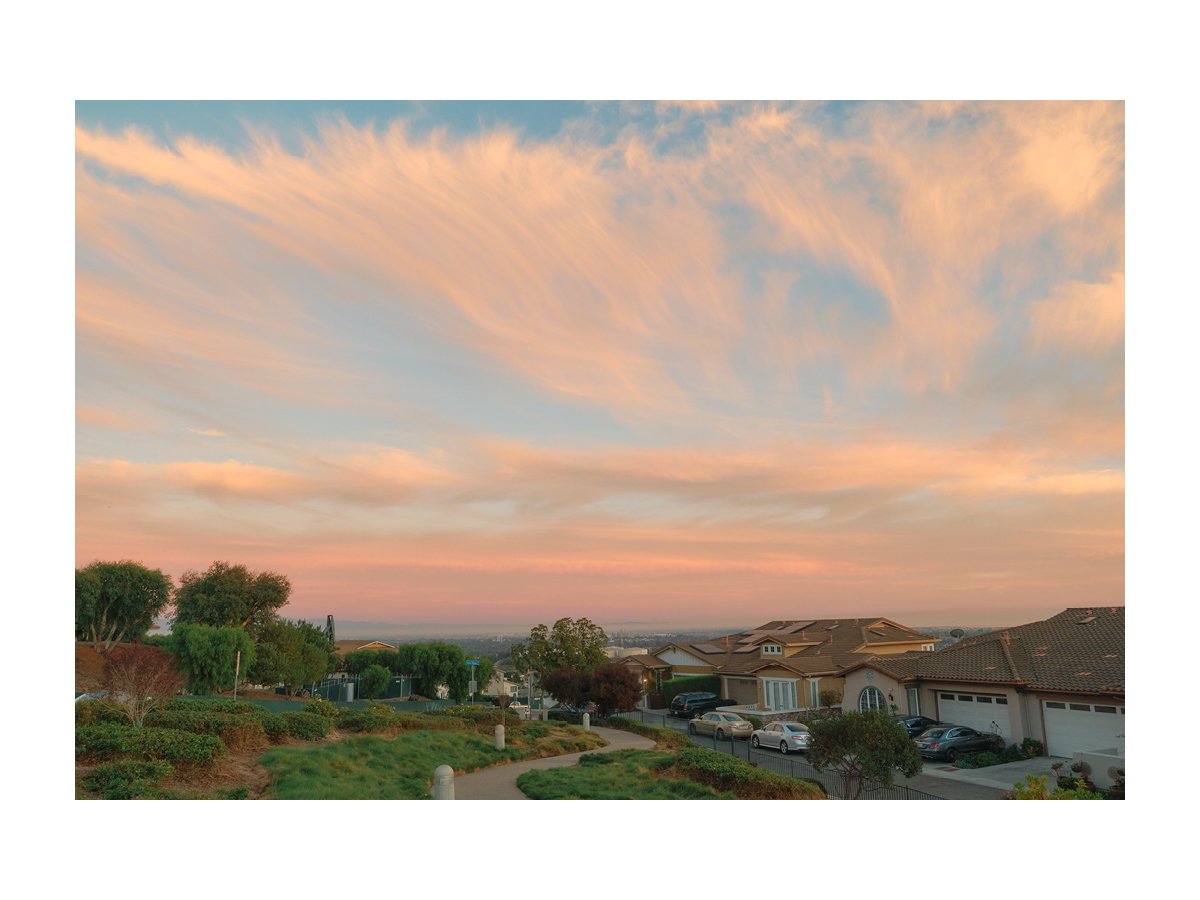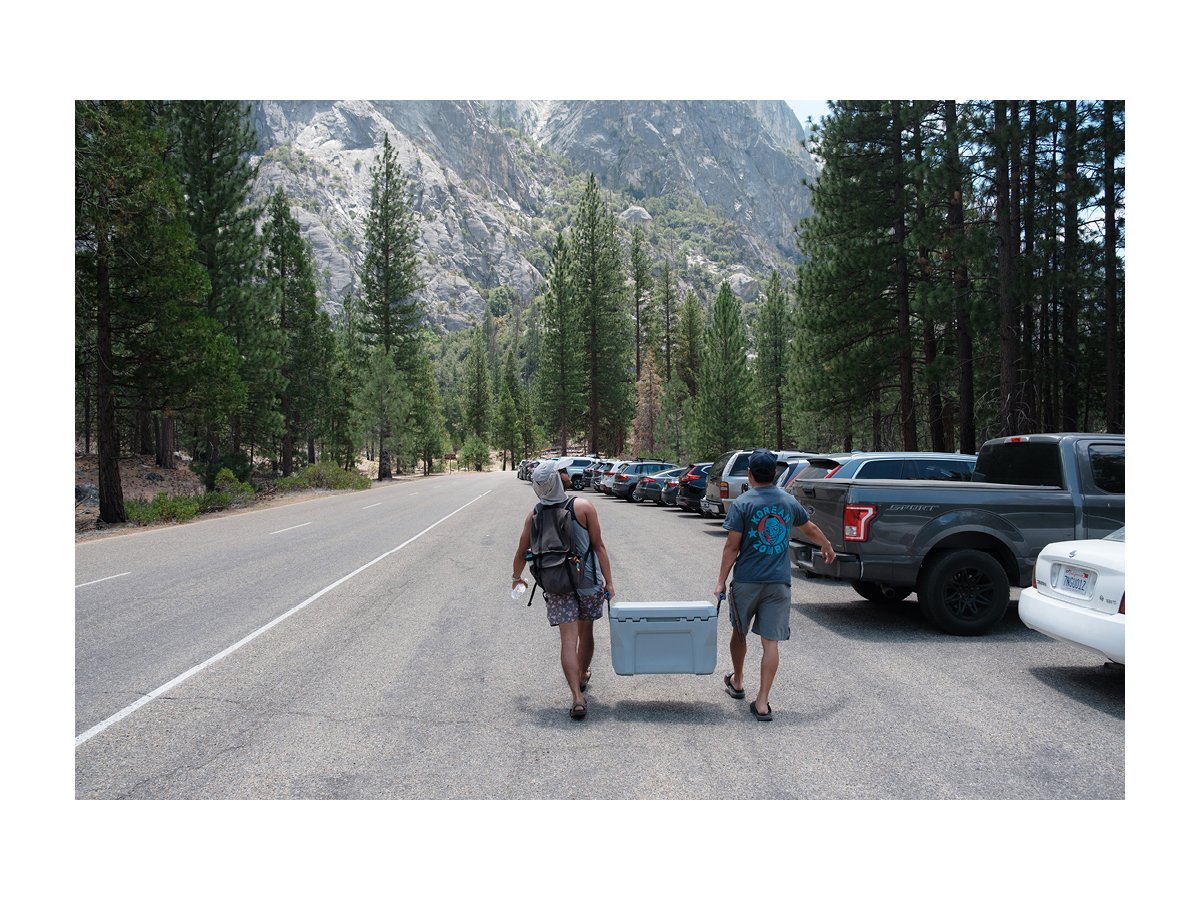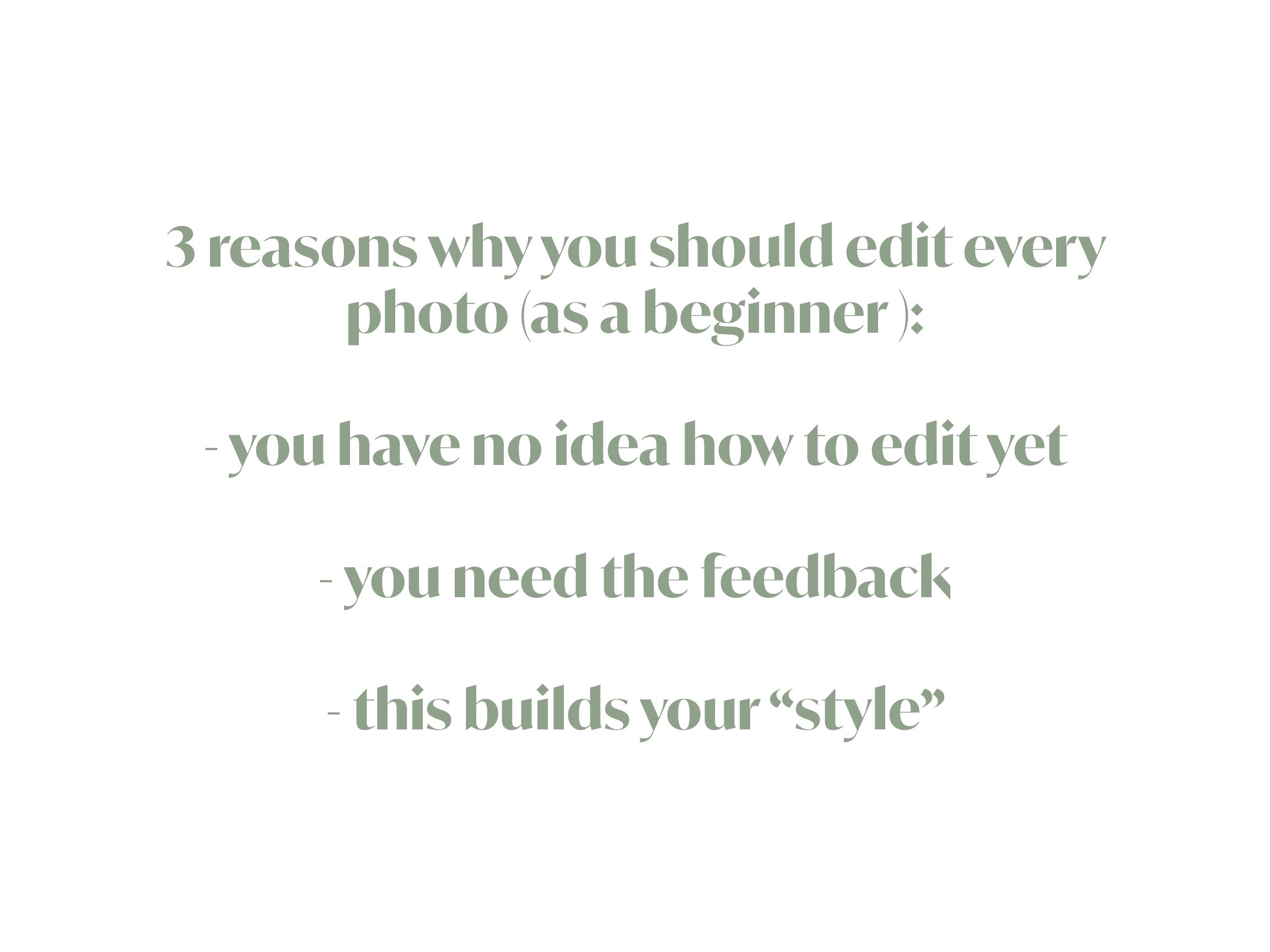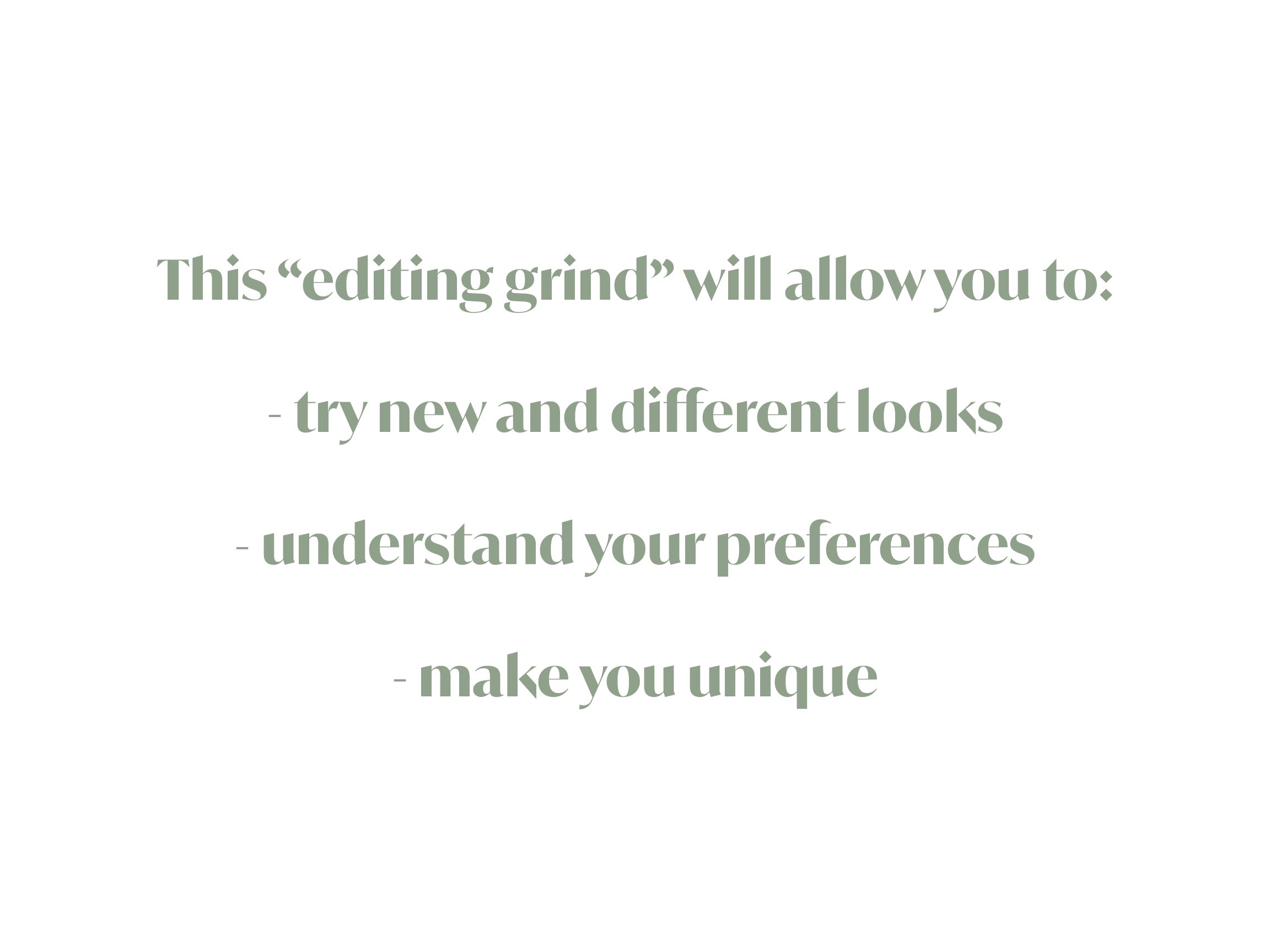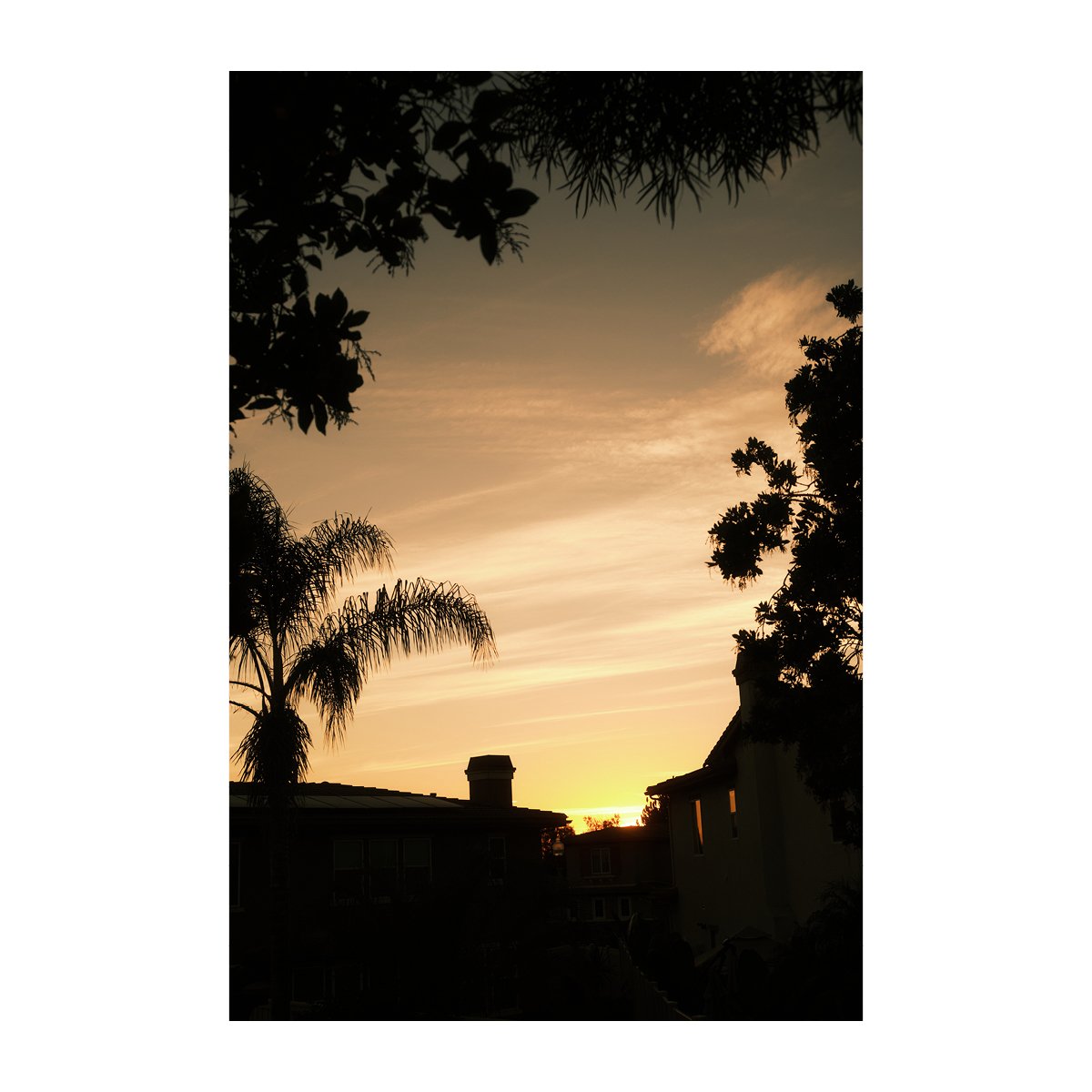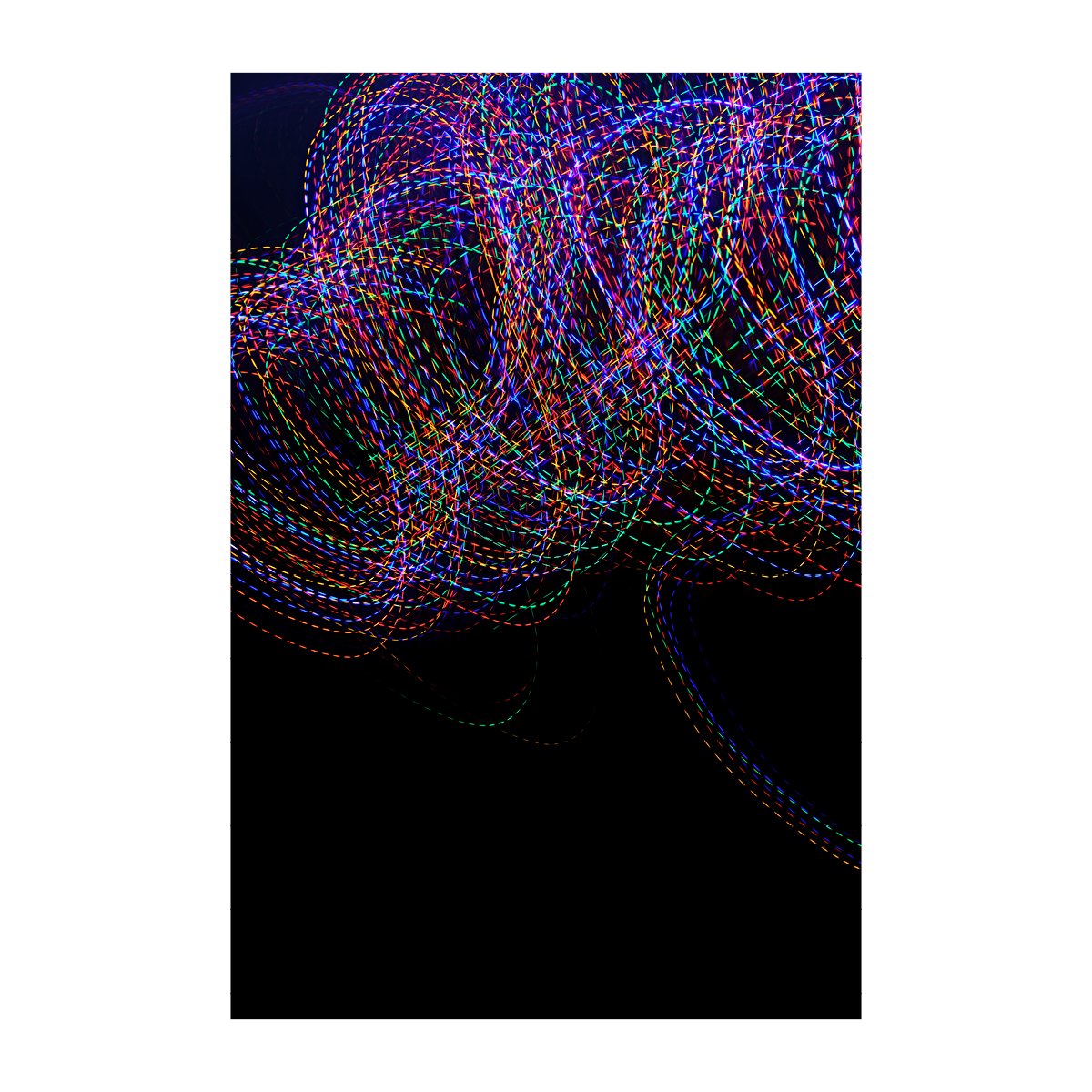5 Life-Changing Photography Habits That Save Me 24 Hours a Week
Photography can be a really fun profession or hobby.
But it can also be a drag when you:
open up your hard drive and see thousands of unedited photos waiting for you
are the photographer in the group so everyone’s asking you to send photos from “that one time”
want to get better, but are distracted and confused by gear reviews and other photographers telling you what you need to do (yes even this video included)
I used to be just like that.
I would be overwhelmed by all the pictures I had to edit.
I always had a backlog of photos that I never sent my friends.
I wanted to prioritize getting better but everything on the internet was conflicting and confusing.
Today I’m gonna teach you guys how to cut through the noise.
You see, it wasn’t until I figured out a few key central concepts that I was able to become a productive photographer.
Doing these things have allowed me to save more than 24 hours a week, if we’re being honest, probably in the ballpark of 40+ hours a week.
It’s how I’m able to create content on YouTube for you guys, but also write my newsletter, create on other social platforms, and still be able to make time to build this photo zine.
And the great news is that you can take and apply this to anything you do in life - it doesn’t have to be photography.
We’re going to start small, with a few time savers and then gradually progress into some, in my opinion, life changing productivity shifts that will help you if you want to be more productive this upcoming year.
Stop Watching Gear Reviews (yes even mine)
The first thing I would recommend if you want to be a more productive photographer is to stop watching camera gear reviews.
And yes, at the expense of getting less views, that includes mine as well.
I made a video about this before but most gear reviews wont teach you about photography.
But beyond that, you don’t learn much about photography itself.
All a gear review will do is give you GAS (gear acquisition syndrome) and lower your credit score.
So I don’t watch gear reviews anymore, but I still make them because I know you guys like them. And I try to implement as many useful things in there as I can.
This can be:
tips on creativity
things I’ve learned from using the gear
past stories to provide context
The point is, you can watch gear reviews if you want, but understand they’re more for entertainment, not education.
I’ve found them to be unhelpful because they have me focused on the gear, not photography itself.
Which drains time and attention away from the craft.
If your focus is to be more productive and improve your photography, focus on taking photos - not what everyone else is doing/using.
That alone will probably save you 10 hours a week of watching people read the same specs over and over again.
Send Your Friends the JPEGs
It sounds a bit silly but I used to edit all of the photos I sent my friends.
I’m talking about memories from camping trips, hangouts, and birthdays.
I would take the time to sort through and edit the photos before sending them to people.
And that just took up so much time.
This is what I should have done:
Because Fujifilm has great JPEGs that don’t need much editing, I should have just taken all of those and sent them to people instead.
Make a google photos album, drop in the jpegs and link your friends and family.
And don’t care about whether the photos are bad or good - because they probably don’t care either.
Save your time by only editing the best of the best photos.
That’s what I do now and life has gotten so much better because of it.
Which leads me to the next point.
Don’t Edit Every Photo
This one seems a little obvious right?
It wasn’t so obvious for me...
When I first started out in photography, I would edit nearly every photo.
And to be honest, if you’re just starting out in photography I would recommend for you to do so as well.
This is where we get into the meat of the conversation - hear me out, this is important.
You Have No Idea How to Edit - Yet
Lets break this one down first.
When you first begin photography you have to learn how to edit.
This is because photography is just as much about taking the photo as it is about editing.
Of course if you’re the photographer who only shoot JPEGs, you can ignore this entire section.
But for the rest of us, editing is an important part of the process.
It’s how you get your looks and how you learn about your preferences.
So the most important thing here is to get in the reps.
You will only build up the skill of photo editing by editing thousands of photos.
And you can pay down that “skill debt” by charging in and editing every single photo, regardless of if it’s good or bad.
Actually, I’d encourage you to edit the bad ones - it’ll teach you so much about photography.
Many people will turn to tutorials, guides, and presets because they want an easier way out.
But at the end of the day, you have to learn to use the programs, understand which sliders do what, and build the judgement of what actually looks good.
Of course this applies to those who want to improve their photography.
If you’re okay with just slapping on a preset or whatever, you can ignore me.
You Need the Feedback
The second biggest benefit for editing your photos is to get feedback on your own photography.
This means editing and saving your “bad photos”.
The poorly exposed ones, the badly framed ones, the missed focus ones.
They are all a representation of the gaps in your photography.
When you edit the bad photos you not only learn how to edit better, but also what you did wrong and what you should do differently.
For example, you may run into a few photos that make you say:
“Oh I framed this poorly, I’ll do this next time.”
“Oh this one was terribly exposed, I’ll do this instead.”
By editing your bad photos you literally learn what you did wrong and what you can do instead.
It forces you to review your photos objectively.
Many photographers will agree: there is nothing more painful than trying to save a bad photo.
But the pain of trying to save that “bad photo” will lead you to change your behavior and take better ones in the future.
You’ll make sure you get that exposure right next time.
You’ll make sure you frame it straight next time.
Because “fixing it in post” or “doing it later” actually becomes a pain in the ass.
When you have to do this for thousands and thousands of photos over years and years… it adds up.
So learning and working to get that first shot right, will save you tons of time in your photography workflow.
And this is learned by getting feedback from editing your bad photos.
This Builds Your Style
Style is popular question in photography.
People always seem to ask “How do you build your unique style?”
I’ve questioned this myself many times.
But as I’ve learned throughout the years I’ve started to understand what style actually means.
Style is not only how you take the photos but how you edit the photos as well.
Style is what results from the combination of choices you made when taking the picture and editing the picture.
To learn your “unique style”, you must put the reps in.
That’s why you should edit most of your photos when you are a beginner. Because you have no idea what your preferences are and you will only truly learn by doing.
Which sucks - its painful I know.
Editing thousands upon thousands of photos can be a pain (unless that’s the part of the process you actually enjoy).
Here’s the good news though.
Once you’ve gotten the reps in and start to understand your “style”, you wont need to edit every photo anymore.
So this brings us full circle.
Editing every photo is useful to build the skill of photo editing, but becomes a huge time suck after that.
Once you understand what you like and how to get there, you want to change your priorities.
So how do you know if you’re ready to stop editing every photo?
3 Indicators That You’re Ready to Move On:
you know how to edit
you know how to take decent photos
you’re getting overwhelmed by the sheer volume of photos
If you feel even two of those three things, I think you’re ready.
Understand that there’s a marginal or diminishing return from learning how to photo edit.
In the beginning you’re learning so much about your photography and the software, but after that it’s all the same.
There’s only so many techniques you can use to “enhance” your photos.
Then, the true limiter becomes your photography itself - not your fancy color editing.
So if it feels like you’re wasting time editing photos, you probably are.
So lets now shift our priorities from “skill building” to “time saving”.
We want to make the most use of our time - which means no longer editing every photo, but instead building a solid editing process.
Which brings us into the next step.
Create a Personalized Editing System
Now that you know how to edit your photos and you have a sense of “style” in your photography, you’re ready to shift your priorities to saving time.
Let’s start by creating our own personalized editing system.
Now I can’t tell you what will work for you, but I’ll walk you through my own workflow and help you build yours.
Let’s Start With “Culling”.
If you don’t know what “culling” is, culling is just a way to sort between the good and the bad photos.
As you progress in your photography journey, you will accumulate hundreds, thousands, even hundreds of thousands of photos. You need a good way to sort through all the fluff.
To do this, there’s an important question we have to ask ourselves:
What’s the End Product?
The end product is what will determine the final result of your photos.
It’s why you’re taking photos in the first place.
Are you just taking pictures to have fun?
Do you maybe want to take a few nice ones on the vacation you guys had in Italy and potentially print it, frame it, and put it up on your wall?
Are you trying to do photography as an actually profession?
Do you have clients to work with - are they other 1 to 1 freelancers or are you working with an agency of some sort?
Are you a wedding photographer and need to directly connect with the people you’re working with?
Who are you trying to please? Yourself? Your clients? Or your wife?
These are all important questions to ask because they will dictate and determine the flow of your work.
For me, the final resting location for my photos will always be:
content - YouTube, Instagram, X, newsletter
print - fine art print, photo zine, photobook
For me photography has is not only a way of documenting my life but a way of expression.
I’ve experimented and dabbled with things like freelance work and weddings but ultimately, they weren’t for me.
Personally, I like to take pictures to:
capture the moment
express what I’m saying
get better, learn, improve
And because of this, I’ve customized my workflow to suit that end product.
So understand that your relationship with photography will determine your end product.
And you can create whatever you want that relationship to be.
Pick your final export destination: is it for social media, for your friends, or print?
Or is it a combination of a bunch of stuff?
Once you’ve done that, we now have the filter to “cull” our photos.
Remember, culling is a way to sort our photos for our end product.
So because my final destination is content or print, I sort my photos based on that.
Because your final destination is different, you culling process will be different as well.
So keep that in mind while we build this process.
Green Tag (Lowest Tier)
This is the utmost minimum requirement for a photo to make it into my hard drive.
“Is it good, is it bad?” is the only question I ask.
Anything that’s in focus, proper exposure, and really just not a bad photo gets a “green tag”.
Everything else, I cut and delete ruthlessly.
3 Star
3 Star images are “decent photos” that could become individual prints or supplement a photo-zine.
They’re pretty good photos, but nothing that would stop me in my tracks and obsess over.
5 Star
5 Star photos are the best of the best.
The cream of the crop.
These are images that not only stand out composition wise but I also nailed in terms of exposure, framing, and all of that stuff.
So that’s my culling system.
Pretty basic right?
I would recommend to keep yours simple as well.
Remember, the point of this is to save time - not make things harder for us.
Once I’ve sorted through the good and photos, I’ll spend time editing primarily the 5 Star and 3 Star images.
I’ll also copy and paste adjustments to make things flow faster.
Most of the green tag images I wont edit unless I need to use it for something. And sometimes I’ll just use the SOOC JPEGs.
And that’s it.
You can follow this guideline and build your own personal editing system to suit your needs.
Doing this alone has saved me hour upon hour of time wasted picking, sorting, and editing photos.
The Focus Hour
The final thing we’re going to touch on is the “focus hour”.
Now that you’ve got a nice little culling system, your entire workflow should be much more streamlined.
But although taking and editing photos is more efficient, but you might notice yourself still having troubles sitting down and getting to work.
This is because creative work has times when we are massively productive and times we are not.
This is a normal phenomenon.
The fact of the matter is, we are not machines.
We are not meant to run and operate at full capacity every waking hour of the day.
There are time periods where we are more productive than others.
An out of all the time periods, there’s a time when we are at our absolute best.
When we are sharp, intuitive, creative, and things become effortless.
This is the focus hour.
You may have seen this in my other stuff, but the “focus hour” or “creative hour” is just a concept I’ve dubbed for myself to refer to the most important hour of your day.
This is your best hour and now that you know about it, it’s now your priority.
This is because one ultra productive focus hour is equal to 6 mediocre work hours.
This is a ballpark number, obviously, but I’m saying it to articulate the point.
We know this inherently: there are times when we are insanely productive.
Everything’s flowing, everything’s easy, you’re making all the right decisions and you’re not even trying that hard.
And you’re actually excited about the work because you’re in sort of a flow state.
If we can tap into that every day, we will literally get the most for our time.
If you know what I’m talking about, it will seem pointless to do work during times when you aren’t in your focus hour.
Because all other hours simply wont be as productive and the quality of your work will decrease.
The reason unproductive hours exist is because we don’t prioritize our time well.
If we did, we wouldn’t feel overworked, overburdened, and we wouldn’t burn out.
Now I understand that sometimes we can’t help it. We’re meeting deadlines, we need to grind the work out.
But everything works in systems and processes.
So if we can make efforts to prioritize our focus hour and the tasks we do during that hour, we can make life easier on us as a whole.
And the interesting thing you’ll find is that it actually frees up a lot of our day.
When you start prioritizing your most important work during your focus hour, you’ll start getting more stuff done, you’ll start ignoring the trivial tasks, and you’ll find yourself with more time than you know what to do with.
And you’ll also have more energy to do other things and enjoy life.
So now that you know how important this hour is, you can’t waste it doing anything else.
Find your focus hour, then circle it, star it, set reminders.
Do whatever you need to do to not forget - and make it a habit.
This could mean 9 in the morning or at midnight.
Say no to your friends, say no to plans, say no to everything during this hour. You can do all that stuff later.
This is the time where you get sh*t done.
I’ll give you another example to make this more real.
Golden Hour
In photography, there’s golden hour.
And we all know how important golden hour is right?
It’s when the lighting and colors are the best and when we’ll likely get our best photos.
So if you’re a photographer, it’s in your best interest to prioritize this time.
“If I could take pictures during any time of the day, it might as well be golden hour.”
This works the same for your focus hour as well.
“If I could do work during only one hour of the day, when would it be?”
Luckily for us photographers, we get two time periods of the day - one based on circumstance and one based on our brain.
That’s the next level: to prioritize both our focus hour and golden hour - but we’ll talk about that another time.
That’s the golden framework.
You can do what you want with it, but if you follow these steps you’re guaranteed to save a ton of time every week.
To sum it up - 5 things that will make you more productive as a photographer:
Stop watching gear reviews. Your consumption is killing your photography.
Send your friends the SOOC JPEGs. They won’t hate you.
Edit every photo if you’re a beginner. Once you’ve built the skill, stop editing every photo.
Build a personalized culling system to suit your needs. You do this by writing out your “end product”.
Prioritize your focus hour. Actually.
Thanks for reading.
